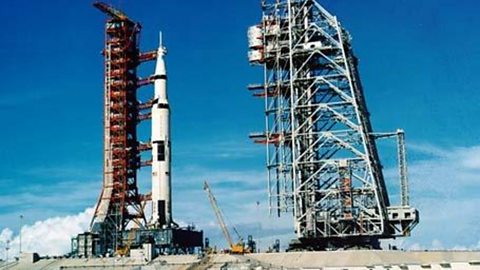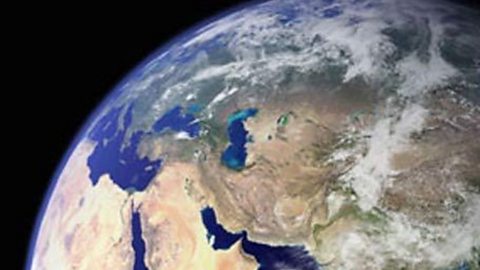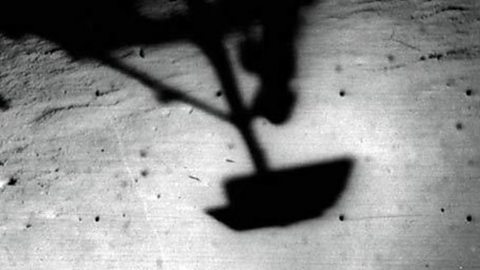On 4 October 1957 the USSR launched Sputnik - the first man-made object in space. As the Sputnik satellite orbited the Earth it sent back a radio signal that was picked up around the world. A new era of human exploration and achievement had dawned.
Sputnik was followed a month later on 3 November 1957 by Sputnik II, carrying a dog called Laika, who became the first living creature in space. Laika did not survive the flight, but in May 1959 two monkeys were launched into space by the USA and both returned alive.
The race to get the first person into space was eventually won by the USSR, when Yuri Gagarin became the first cosmonaut to orbit the earth in April 1961. Valentina Tereshkova became the first woman cosmonaut in 1963 and two years later another cosmonaut, Alexei Leonov, became the first person to perform a space walk.
The American space programme had lagged behind the USSR but everything changed in 1961 when President Kennedy decided that the USA should commit itself to landing a man on the moon before 1970. He said: тI believe that this nation should commit itself to achieving the goal, before the decade is out, of landing a man on the Moon and returning him safely to Earthт.
Kennedyтs speech paved the way for the Gemini and Apollo missions and the goal of тa man on the Moonт was achieved in July 1969.
Images sourced from NASA.
Play next
Apollo 11 lift-off. video
16 July 1969. Apollo 11 lifts-off from the Kennedy Space Centre in Florida

The view of Earth from Space. video
July 1969. Neil Armstrong enjoys the view from space.

'The eagle has landed...' video
20 July 1969. The Lunar Module 'Eagle' lands on the moon
